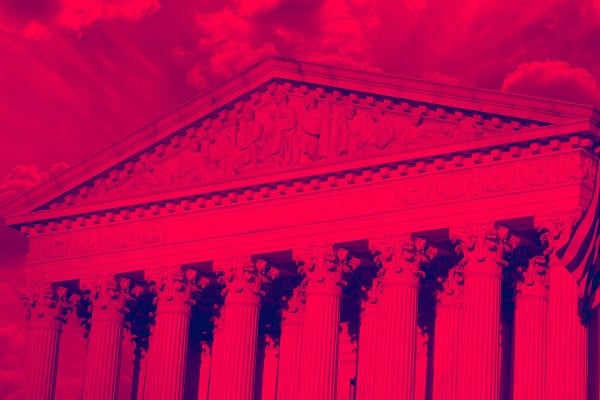Distractions are dangerous after affirmative action (Opinion)

Douglas Rissing/iStock/Getty Images Plus
Colleges and universities had braced for devastating outcomes in Students for Fair Admissions v. Harvard College and University of North Carolina at Chapel Hill. Long before the U.S. Supreme Court’s ruling last summer banning the use of race as a variable in admissions, campus and enrollment management experts began to envision a future without affirmative action.
Minutes, hours, and days after the Supreme Court’s decisions were released, many presidents and admissions officers across the country issued written statements affirming their institutions’ continued commitment to admitting diverse student populations. Too few of them have said much more since then — at least not publicly. Other, seemingly more pressing challenges have demanded their attention.
Higher education leaders are devoting a lot of time to dealing with declining enrollment and the financial problems that come with it. Protests on campus and at graduation ceremonies this spring have caused tremendous stress for many. The FAFSA fiasco was an unwelcome, unexpected disaster with consequences that will undoubtedly be even worse than those resulting from the loss of affirmative action.
And then there are the politicized attacks on diversity, equity, and inclusion. In Florida, North Carolina, Oklahoma, Texas, and other states, administrators are being forced to rename, defund, or eliminate DEI programs and positions. This week, public universities in Utah are closing their DEI units, including student centers. Understandably, navigating the anti-DEI movement requires an extraordinary amount of time and attention. For some, speaking publicly about recruiting students of color in this political environment might be seen as unnecessarily risky.
All of this is on top of normal administrative burdens and responsibilities. So a Supreme Court ruling that is now a year old has not been as important to politicians as it should have been in recent months, apart from ensuring compliance. That is understandable, but terrifyingly dangerous.
Mixed messages about enrollment changes could also become an early distraction. In their analyses of historical trend data, the authors of a recent Common App study found no significant racial differences in applicants’ behavior (e.g., where and to how many colleges they applied) in the first admissions season following the Supreme Court’s SFFA rulings. That’s really good for now. Let’s hope it stays that way.
It would be a mistake, however, to assume that diversity will sustain itself just because there were no horrific declines in the number of applicants of color in the first year after affirmative action was implemented. It is also worth noting that the Common App study is based on a national sample. Individual institutions should not assume that national trends match their local realities. In fact, we know of one highly selective university that will admit only half as many black students this fall compared to previous years.
The University of California remains a good example from history of what can happen when university administrators do not pay enough attention to diversity after a ban on minority advancement. For example, the University of California, Los Angeles admitted only 100 black freshmen (many of them athletes) ten years after California voters passed Proposition 209, a 1996 bill that banned the admission of students on racial grounds.
Certainly, many admissions management professionals and others across the UC system paid attention to application, admission, and yield rates during that first decade and beyond. It is unlikely that they suddenly found themselves faced with inexcusably low numbers of black students overnight. It is much more plausible that campus leaders (perhaps even some who worked in admissions offices at the time) failed to invest sufficient energy in building stronger partnerships with black communities and college access programs, renewing their outreach efforts in legally permissible ways, and adjusting the strategies coaches used to attract talented black student-athletes to revenue-generating sports teams at Berkeley and UCLA.
It could be that the influential people on these campuses simply didn’t care about making a path for black students. But it’s also entirely possible that black Californians and the other populations most affected by Proposition 209 simply got lost in the inevitable administrative chaos and shifting institutional priorities.
Unless leaders pay more attention, consistently communicate the value of a diverse student body, experiment with bolder recruitment methods, hold themselves and others more accountable, and revise their approaches when the data makes clear what isn’t working and for whom, such disastrous consequences for the UC system are sure to ensue.
To meet the commitments articulated in statements issued the week after the SCOTUS rulings were announced, leaders on all campuses (not just those in admissions offices) must put diversity at the top of their agendas. This requires mindfulness and intentionality. Otherwise, other issues and priorities will take over, and within a few years, institutions will find that the number of students making their campuses diverse is inexplicably low.


